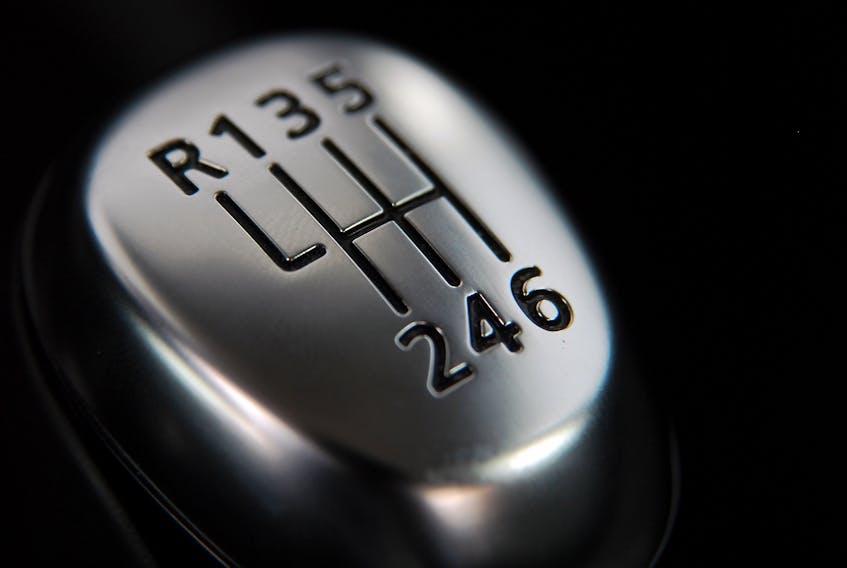Automatic transmissions rule! The convenience of driving an automatic transmission has almost eliminated manual-transmission-equipped passenger vehicles from the market, much to the dismay of many auto enthusiasts.
There is nothing like the feel of smoothly downshifting a manual gearbox into the right gear to accelerate quickly out of a corner, but modern automatic transmissions can do it better and quicker. Automatic transmissions have progressed so that they shift faster, smoother and operate more efficiently than ever before.
There are two basic types of automatic transmissions now on the market: the hydraulic operated planetary gearset type and the dual clutch automatic gearbox; both are computer controlled and have no clutch pedal. Simply place the shifter in gear and press on the accelerator to go. The difference between these two types of automatic transmissions is how the gears are engaged.
Planetary gearset
In the planetary gearset type transmission, the gears operate in constant mesh, with a sun gear at the center, planet pinion gears meshed around it and all of these surrounded by a ring gear.
A single planetary gearset can theoretically provide up to seven different gear ratios by holding one of the gears and driving another, but in practical use, only two or three gear ratios can be used. Combining two or three planetary gearsets will provide more gear ratios.
A torque converter connects the transmission to the engine, multiplying the engine torque by almost twice for quicker acceleration. The torque converter also enables the vehicle to come to a stop without disengaging any gears or clutches.
Shifting gears in the planetary gearset is done by applying hydraulic clutches or a band to drive or hold a gear. In older automatic transmissions, over running devices were used such as roller or sprag units, to engage gears. To shift to a higher gear, only one other clutch had to be applied and the over running device would mechanically release instantly.
This provided very smooth shifting, but newer automatic transmissions use clutch to clutch shifting. One clutch is released and another is applied to create the shift. The computer regulates oil pressure to control the rate of clutch apply so the shifts feel smooth. For performance driving, the oil pressure is increased to cause faster shifting and higher clutch holding pressure.
The sophistication of computer controls enables this clutch to clutch type of gear shift to match the smoothness of earlier design transmissions with over running devices.
Dual-clutch
In the dual-clutch automatic transmission, two computer-controlled clutches are used to drive the dual input shafts of the transmission. The transmission itself is like a manual gearbox, with gears selected by sliding an engagement collar into mesh with a gear. Odd numbered gears are driven by one input shaft while the even numbered gears are driven by the other input shaft.
The computer pre-selects the next gear based on driver throttle and brake inputs and when a shift occurs, the computer disengages one clutch and engages the other clutch. This occurs in a fraction of a second and is much faster than any driver could shift a manual transmission.
On most vehicles with dual clutch automatic transmissions, the computer will even rev match to make the shifts smoother. Rev matching is done by controlling the engine rpm to match the gear selected and road speed so the shift is smooth.
One of the questions when buying a new vehicle is how many gears do you need in a transmission? Back in the 1950s and '60s automatic transmissions often had only two gears: high and low. As designs improved, three speed transmissions were common in the '70s and '80s. As engines became smaller, four-speed automatics became common. The extra gears provide better acceleration and with high gear often an overdrive ratio to slow engine speed, fuel economy was improved.
Today, eight-, nine- and 10-speed automatic transmissions are popular. Engines are smaller for better fuel economy and rev higher, but low rpm torque is usually lower, so having the additional gear ratios improves acceleration.
The difference in gear ratios from one gear to the next are also small, so shifting feels much smoother. As a general rule, the more torque an engine has, the less gears the transmission needs to provide performance.
Some of the most powerful drag cars have only two or three gears in their transmissions, but on the street, having additional gears will give you smoother performance and better fuel economy.
More really is better.









